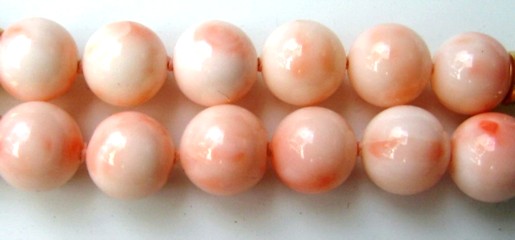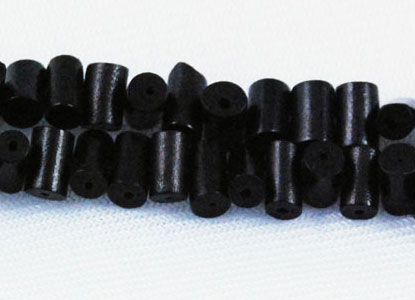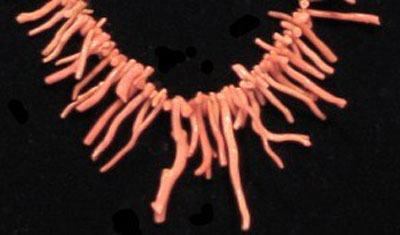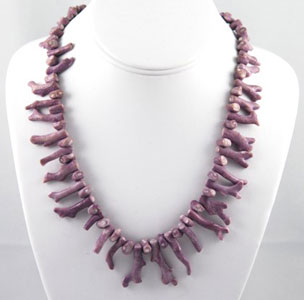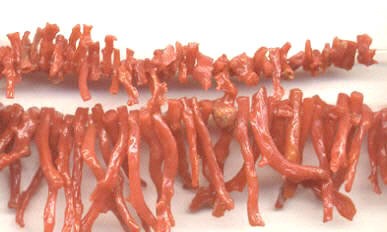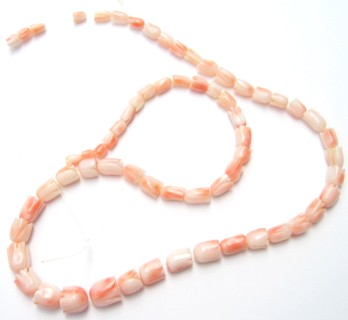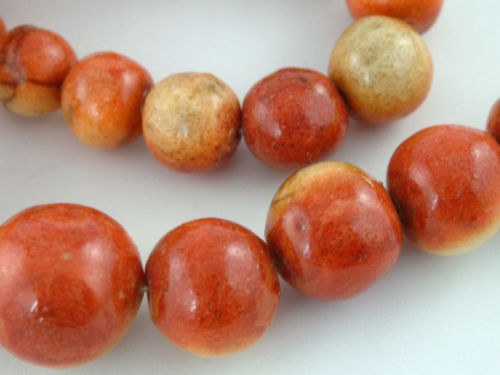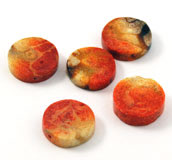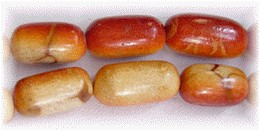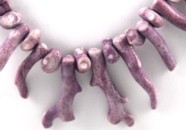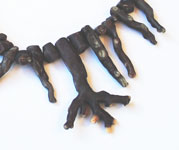Types and Colors of Coral
Coral is a natural organic substance that has been considered a precious gem since prehistoric times. It is the calcareous skeletons of marine animals. It has been valued in jewelry making for thousands of years. It has long been popular in a multitude of cultures, many of them believing coral has special powers. There are two main varieties of coral seen in the market today. The hard and dense coral that is free of pores and can be polished to a high shine is also referred to as "Precious Noble Coral". The lighter type of coral that has lots of pores can not be polished is "Sponge Coral". Sponge coral has a rough surface so is often covered in a lacquer coating to add shine and durability.
Coral Comes in Many Colors
Lots of our customers say they didn't even know there were so many different types and colors of corals. Did you know it occurs naturally in lavender, dark purple, black, blue, white, and of course every spectrum of red. Many people have never seen real Apple or Tiger coral.
Red Coral
The premier coral on the market is still "oxblood" red coral which is from the species Corallium. 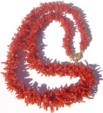 Most of it is harvested in the deep waters of the Mediterranean and identified throughout history with Italian workmanship. It is also found in the Gulf of Naples near Genoa and off Algiers, and Tunis on the African side. It is also brought up from the waters of Sardinia, Corsica, Catalonia and Provence, as well as along parts of the French and the Spanish seaboard. There has been a coral trade between Naples, Italy, and Marseille, France, for thousands of years. The available coral is now so deep, most of it is harvested using diving robots. Native Amercan's used the dark oxblood red coral in many of their designs as well. Most of the coral was from the Naples region of Italy and the Italians were the master craftsmen and carvers.
Most of it is harvested in the deep waters of the Mediterranean and identified throughout history with Italian workmanship. It is also found in the Gulf of Naples near Genoa and off Algiers, and Tunis on the African side. It is also brought up from the waters of Sardinia, Corsica, Catalonia and Provence, as well as along parts of the French and the Spanish seaboard. There has been a coral trade between Naples, Italy, and Marseille, France, for thousands of years. The available coral is now so deep, most of it is harvested using diving robots. Native Amercan's used the dark oxblood red coral in many of their designs as well. Most of the coral was from the Naples region of Italy and the Italians were the master craftsmen and carvers.
Pink Coral
A pretty pink colored coral is referred to as Angel Skin, and it is also very valuable, almost as prized as the oxblood. Coral comes in every color of pink, from very pale that is almost white to a dark salmon color. In most case as the pink color gets darker and more even the price goes up. The most desirable pieces are free from pits and splotches.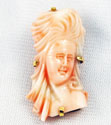
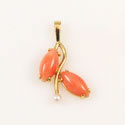
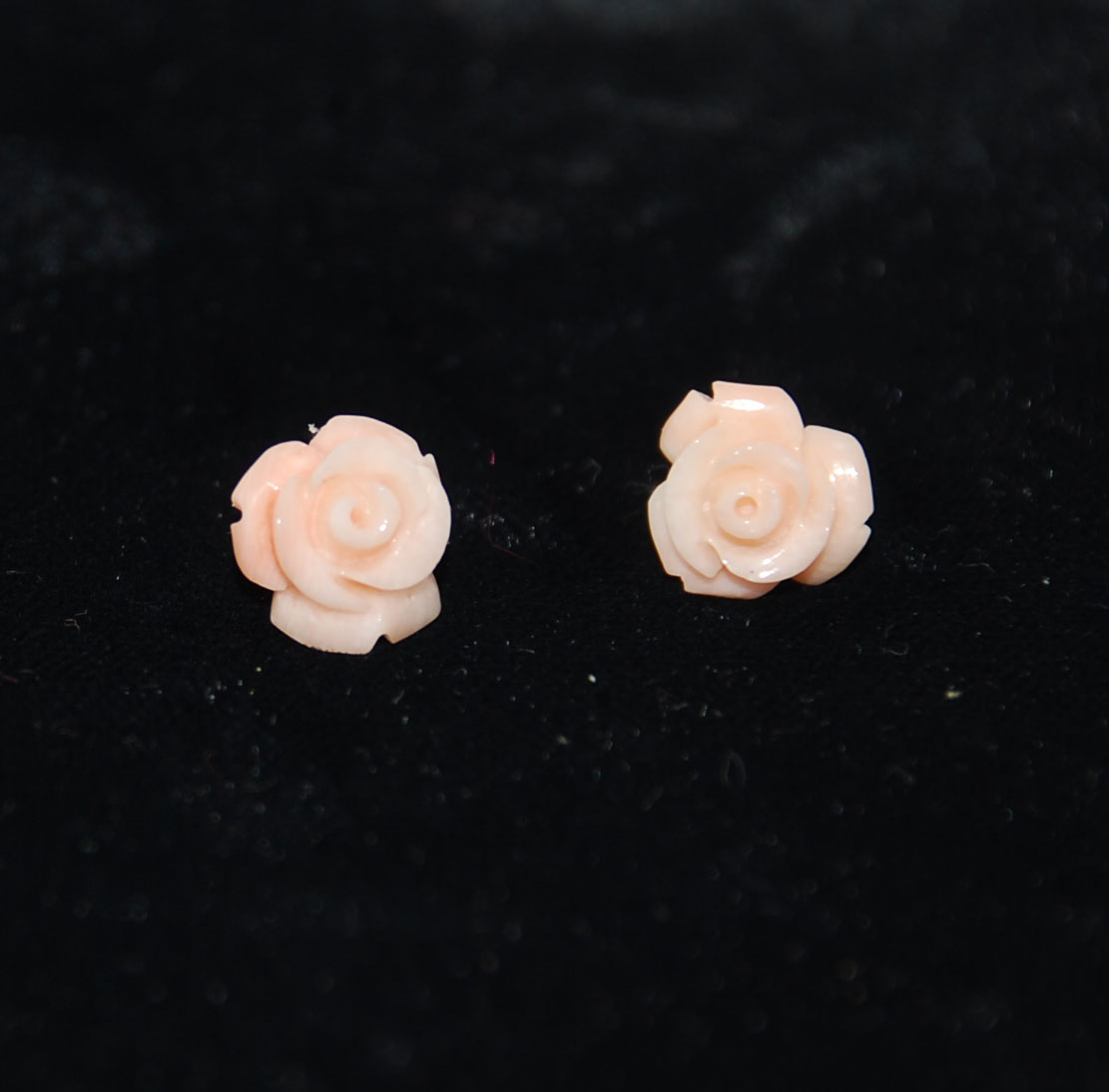
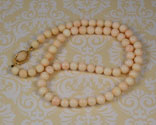
Black Coral
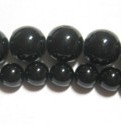 was given the scientific name Antipathes Grandis, which means against-harm-great in Greek. It is thought to be in the first stage of decay and is found just below the surface and down to depths of 300 feet. Hundreds of years ago it was discovered in the Red Sea and prized by the rulers of Asia Minor. They used pieces for personal adornment and to ward off illnesses and evil spirits. If you look at Black Coral under magnification or in the raw state you will see thin golden brown rings or markings on its tree like branches. It can be polished to remove the rings and to get a beautiful very shiny surface with an even black color. In the 1950's Hawaiian black coral was found at extreme depths exceeding 175 feet. Once abundant in the Persian Gulf area and other oceans, but hat has been exhausted. I have been told by several dealers that starting in the later half of 2012, they have no longer been able to import it into the USA. I expect the prices of black coral will only go higher. Golden coral is found off Hawaii and has a similar plastic or resinous look with visible pores. Here are some pictures of interesting ways black coral is cut.
was given the scientific name Antipathes Grandis, which means against-harm-great in Greek. It is thought to be in the first stage of decay and is found just below the surface and down to depths of 300 feet. Hundreds of years ago it was discovered in the Red Sea and prized by the rulers of Asia Minor. They used pieces for personal adornment and to ward off illnesses and evil spirits. If you look at Black Coral under magnification or in the raw state you will see thin golden brown rings or markings on its tree like branches. It can be polished to remove the rings and to get a beautiful very shiny surface with an even black color. In the 1950's Hawaiian black coral was found at extreme depths exceeding 175 feet. Once abundant in the Persian Gulf area and other oceans, but hat has been exhausted. I have been told by several dealers that starting in the later half of 2012, they have no longer been able to import it into the USA. I expect the prices of black coral will only go higher. Golden coral is found off Hawaii and has a similar plastic or resinous look with visible pores. Here are some pictures of interesting ways black coral is cut.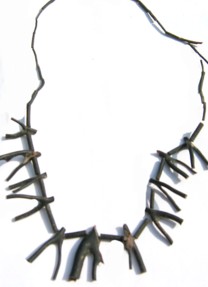
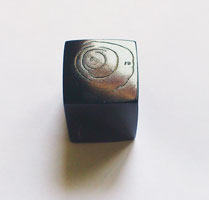
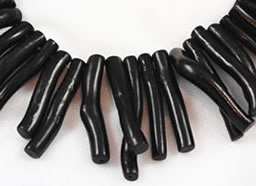
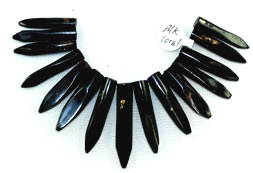
Blue Denim and Blue Sponge Coral
Blue Ridge Coral, Heliopora Coerulea, and Blue Denim Coral grow in the Indo-pacific region and are now difficult to find. These very popular corals have a soft denim color. They are a porous variety and are often lacquered. Blue coral is also thought to be coral in a stage of decay as the color is often only on the tips or surface. There is now a blue variety of sponge coral in the market place that is very pretty, it is denser with less visible pores. A heishe variety was unisex and very popular in the 1960-70's and was a staple of Hawaiian tourists.
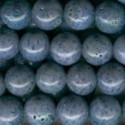
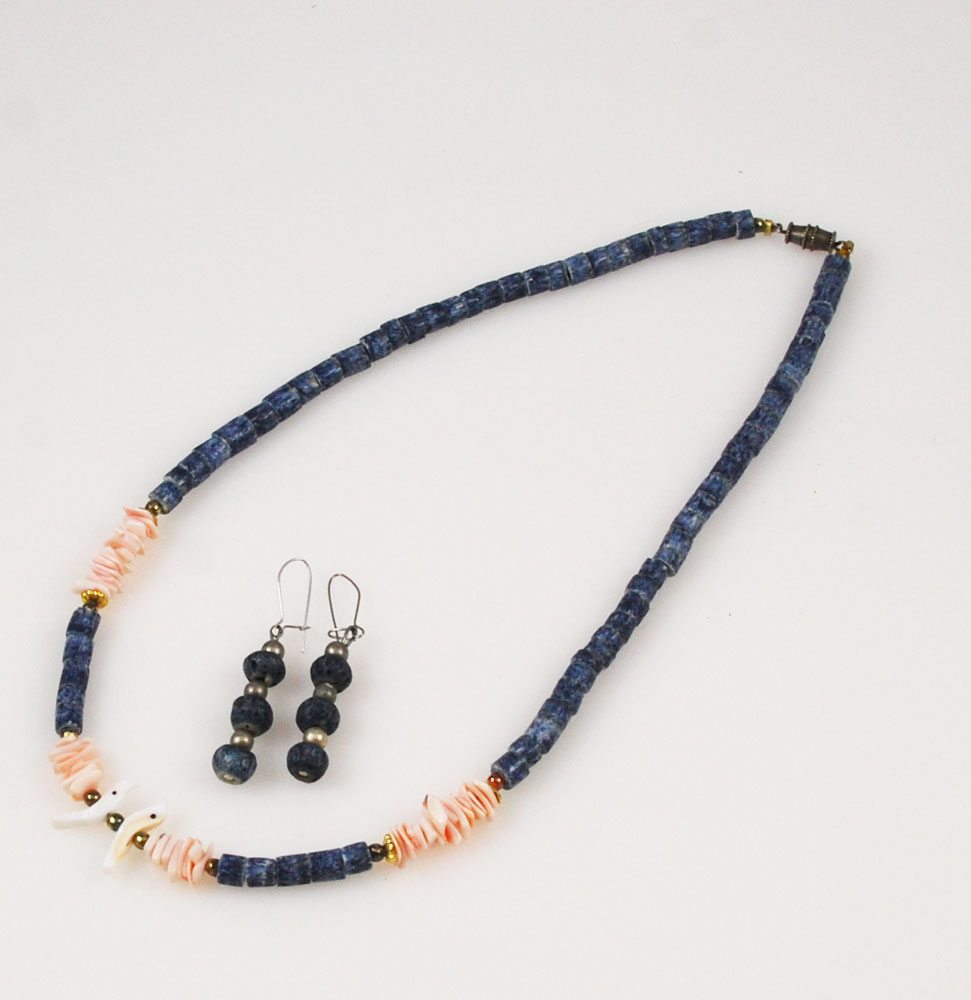
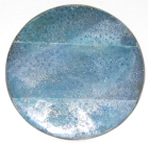
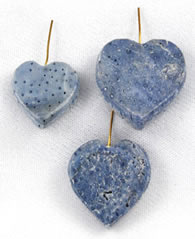
Rare Corals
Several varieties of lace, sponge and needle corals come in some rare varieties and colors. Shades of purple and lavenders are a personal favorite of mine. I haven't seen any new beads in these colors since the 1980's and even then they were hard to find. They are now extremely rare and getting collectible. Some have brown or whitish tips on the branches. The larger skeletons are often carved into beads. Tiger Sponge Coral comes in a tan color with interesting black and brown veining. They resemble a tiger's skin and are all natural. There are copies in the market that are painted limestone. Apple Coral is another variety of sponge coral. The vivid colors on these beads range from light yellow to dark orange with some of the brown markings you see in Tiger coral. The color is 100% natural and just gorgeous. They were plentiful in the 1970's, but they can no longer be imported into the USA. They are also copied with painted limestone. Most of these sponge beads have been sealed & polished to a high gloss.
